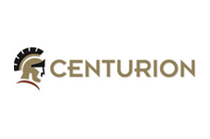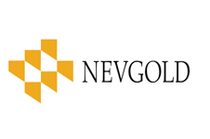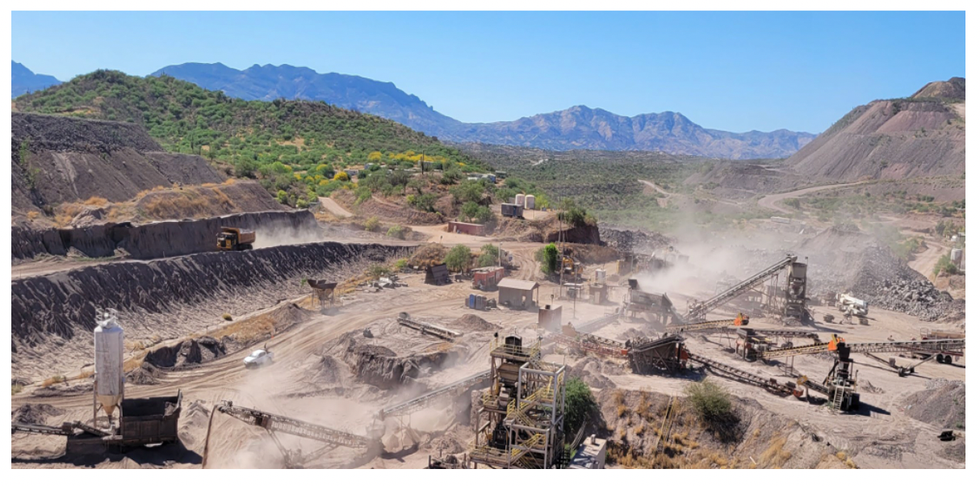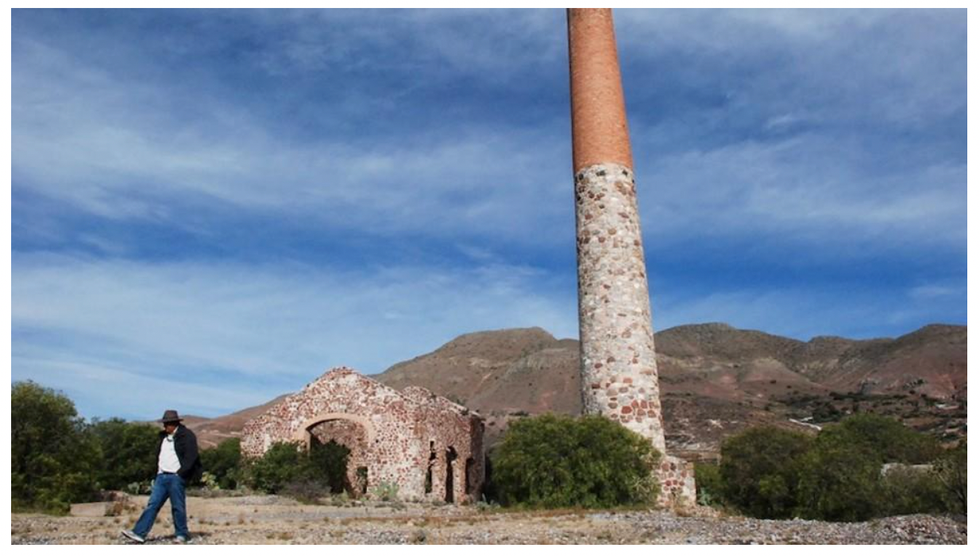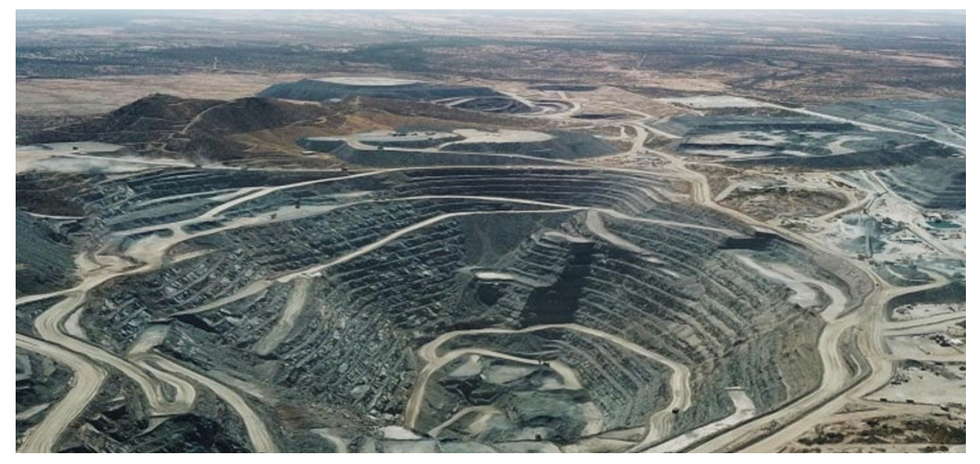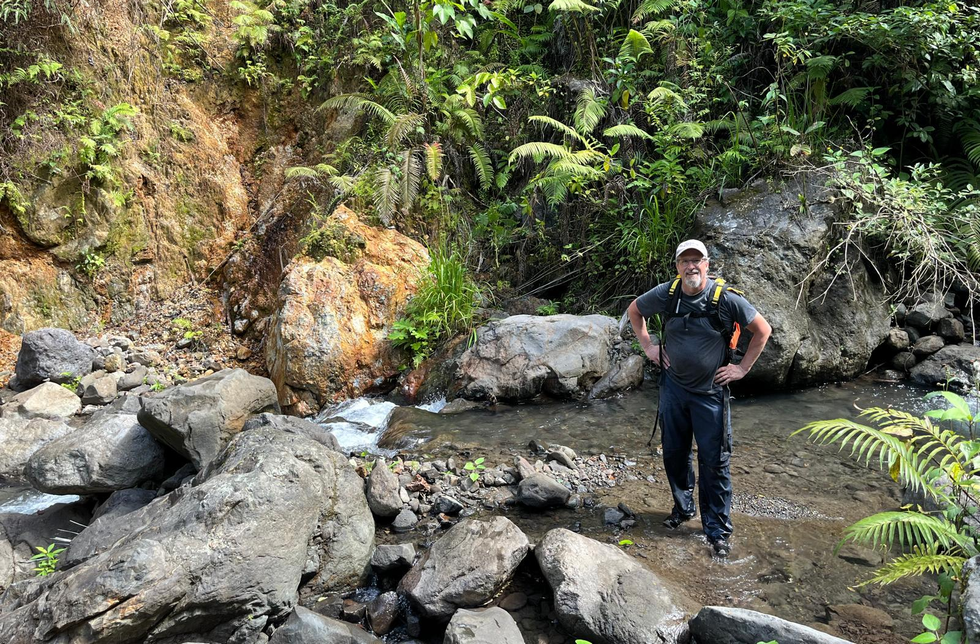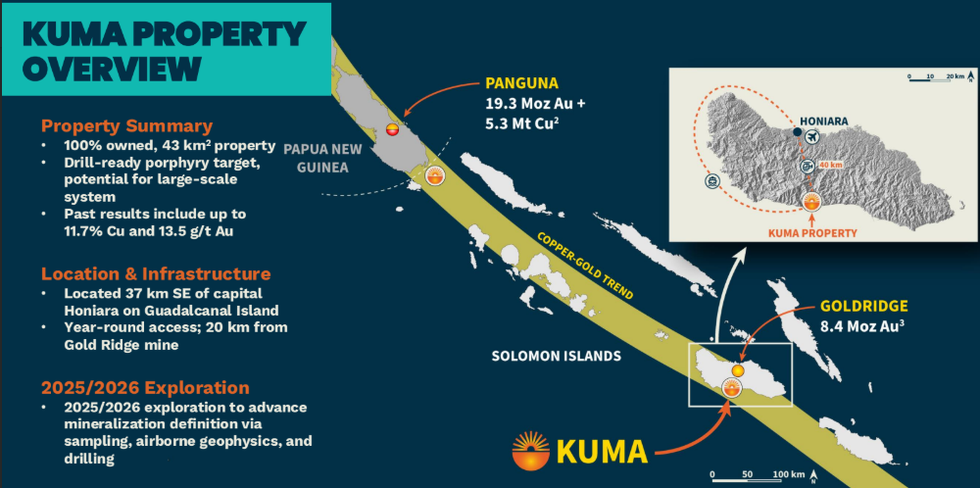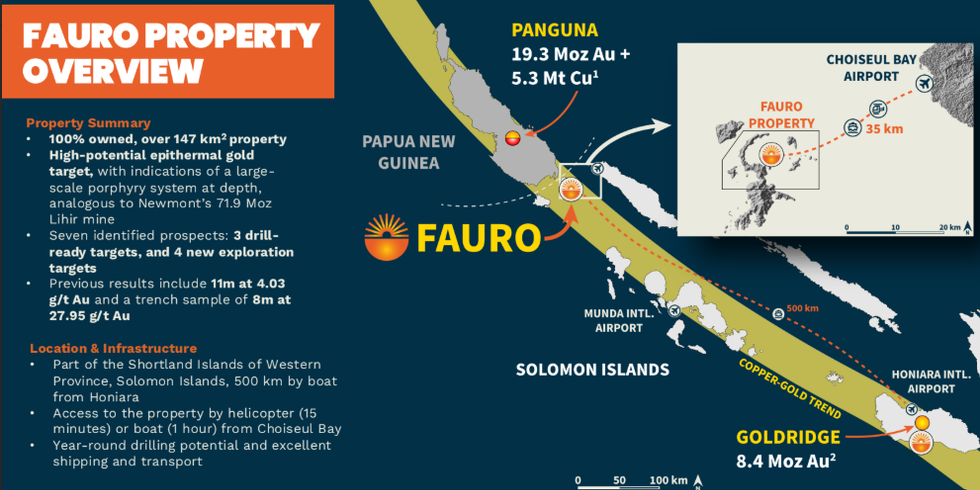The Osisko-Virginia Mines Deal: Taking a Closer Look
While Osisko CEO Sean Roosen has called the agreement a “natural evolution,” investors and market watchers are no doubt still impressed by the company’s progress and are likely wondering how Osisko was able to make such a big move so quickly. Gold Investing News spoke with Roosen to get a little more insight into the deal.
The move came just five months after Osisko Gold Royalties was created in the wake of a takeover of Osisko Mining by Agnico Eagle Mines (TSX:AEM,NYSE:AEM) and Yamana Gold (TSX:YMI), and if the deal closes as expected in January 2015, the resulting combined company will have royalties on the two largest gold mines in Quebec and an estimated C$1.3-billion market cap.
While Osisko CEO Sean Roosen has called the agreement a “natural evolution,” investors and market watchers are no doubt still impressed by the company’s progress and are likely wondering how Osisko was able to make such a big move so quickly.
To get a little more insight into the deal and what it means for the royalties space, Gold Investing News (GIN) spoke with Roosen about how it all came about. In the interview below, Roosen also speaks a little about royalty companies in general and what could be next for Osisko.
GIN: It’s been a busy year for Osisko. To catch our readers up a little, could you elaborate on why Osisko Gold Royalties was created during Agnico Eagle’s takeover of Osisko Mining?
SR: Well, when we were still Osisko Mining, we were actually looking at creating a royalty company as a spin out before we were involved in the hostile transaction from Goldcorp (TSX:G). Most of the business plan was already roughly firmed up. In a continuation of this deal, we felt that there was a lot of value that was locked up in the company that we couldn’t unlock without spinning out the royalty company.
GIN: You’ve called Osisko’s recent acquisition of Virginia Mines a “natural evolution.” Why was this acquisition important? How does it change the playing field for Osisko? How about for royalty companies?
SR: Well, it clearly makes us the fourth-largest royalty company in the space. We also have a pretty pristine balance sheet with two cornerstone assets — brand new mines with long lives. It’s an asset base that’s particularly easy to understand, with significantly more firepower than anyone else in the mid-tier royalty space.
We have $270 million in cash plus our $150-million debt facility, so we have a total of $420 million that we can deploy. We have no debt, and current cash flows of $30 to $35 million a year. With the ramp up at Éléonore on the way — which is the other big mine in Quebec — that adds another $20 million a year, so we have $50 million a year in cash flow. So you’ve got royalties from the two best mines in Quebec going to Osisko Royalties.
Also, we have zero cost base, because they are actually true royalties as opposed to offtake streams at offtake prices. True royalties are extremely rare. There is a bigger scarcity of royalties versus streams because a royalty has no cost base whereas a stream has $400, $500 or $600 an ounce of offtake. With a declining gold price, the margin shrinks much faster on a stream than it does on a royalty.
GIN: How have Osisko shareholders been reacting to the deal?
SR: We had more than 20 percent support before the deal was launched. We’ve had some separation between us and the peer group, but considering the size of the deal, with over 70 percent of our stock being issued in this transaction, I think we’ve got extremely good support from all of our shareholders, and from the Virginia shareholders as well. They’ve seen a significant premium.
GIN: Excellent. You touched on this briefly already, but could you elaborate why you see your royalty agreements as being so much more favorable than streaming agreements?
SR: The two Quebec mines [that we have royalties on] are low cost. These are mines that have all-in sustaining costs that are less than $700 an ounce. That means that those royalties are extremely safe compared to some royalties that would be on what we call “swing-producer pricing.” When you have a mine that has an all-in sustaining cost of $1,300 an ounce, and your royalty is on that mine, and the gold price is at $1,150 an ounce, it’s far from clear whether that mine will stay open and in production to provide you with royalty revenue.
Ours are top-quartile assets, both Canadian Malartic and Éléonore, and they are also operated by very big companies, Yamana Gold (TSX:YRI,NYSE:AUY), Agnico and Goldcorp.
GIN: Does that mean you are planning to stay away from streams and to be very selective with royalties in the future?
SR: Not necessarily. Royalties of this nature are extremely rare. They almost always happen during a spin out. However, the spin out of Osisko Royalties is an exception. Judging by the reception that the deal got, I think that it was quite rare for this sort of thing to happen, especially to this extent and on a large, world-class producing asset.
Virginia’s royalty basically came through discovery. Just like we discovered Canadian Malartic, Andre Gaumond discovered Éléonore and he sold it to Goldcorp, which subsequently built it. Royalties on these types of assets are almost always formed when somebody first discovers the asset [and keeps royalties on it].
However, that’s a longer process. We found Canadian Malartic in 2005, and we have a royalty in 2014. Andre found and sold Elenore around the same time period and it’s just coming into production now. To buy these opportunities you have to pay a real price, as we did.
Still, we look at this as a business that both Virginia and Osisko have been successful at in terms of greenfield exploration, and we’ve sold projects to pay for the exploration so that it doesn’t come back to the shareholders. In that way, we’ve managed to create our own royalties from scratch rather than having to buy them in a generic format. It’s a little bit different from how the other guys are doing it. There’s quite a pipeline of projects in the two combined companies.
GIN: Are there many other companies operating this way?
SR: That’s how most of the royalty companies were created in the beginning, but they don’t operate that way anymore. If you look at the collection of royalties that were accumulated by an exploration company in a mining capacity, Silver Wheaton (TSX:SLW) was formed from the royalties that were in Goldcorp. It’s easy to forget the history of these things, but that is how [these companies] were created. Now they use their balance sheets to buy [royalties] on the open market.
We still have that primary capability, which I think differentiates us from everybody else. We have a history of success with creating our own royalties [through exploration]. Andre is one of the prolific explorers in Quebec. Osisko Mining started with no gold ounces in 2005, and when we sold the company, we had 26 million ounces of resources all found in Canada, and all discovered or purchased by us. Not many teams have that kind of history.
GIN: When it comes to future acquisitions, what characteristics will you be looking for in assets?
SR: The quality of the asset and the jurisdiction are important factors. If you look at “tougher” jurisdictions, the ability for projects there to become mines is lower because [it’s harder to get] access to capital. For us, the primary criteria of any asset is going to be how likely it is for the project to actually get permitted and financed. There is no use buying a royalty on a great project that doesn’t have a permit, and that is a bigger risk in this space.
Quebec, Ontario, the rest of Canada, the US and Mexico are our primary hunting grounds in that order. We’ll also look at good jurisdictions in South America. We have extensive knowledge in the Americas and we’re pretty familiar with Africa, so we’re able to look at those ones. Having spent 13 years in Africa, I haven’t made it a priority to go there as an operator, but as a royalty company, we’ll look at those opportunities.
GIN: Although your focus is on royalties, you’ve mentioned that Osisko will have an exploration side as well. Can you explain how that will work? Will the royalties fund the exploration?
SR: Well, we aren’t operating [that aspect of the business] right now. With Osisko Mining, we had a greenfield project in Guerrero state in Mexico. We found the extension to the Torex mine and Goldcorp’s Los Filos mine, and we own 100 percent of a land package that is 9,000 square kilometers in size covering a combined 160 kilometers of the mineralized belt. We would look at probably farming out and joint venturing out that land package so that we don’t have to bear the exploration costs. So there is a significant amount of potential in the Guerrero area that we are just keeping in inventory at this point.
Despite a less-than-ideal market this year, royalty companies have fared quite well. In your view, how does the royalty model provide added value for investors?
SR It comes back to the quality of the underlying royalties and the cash flow. If you look at the top three royalty companies right now, they add up to a market cap in excess of $23 billion. That’s larger than Barrick (TSX:ABX,NYSE:ABX) and larger than Goldcorp in value. In other words, those royalty companies represent a significant portion of the weighted capital deployed in the gold equities space.
Royalties have been the best performers in the space, and certainly, a downtick market is the best time for royalty companies — it’s the time in which companies that don’t have access to capital consider selling their royalties, and where streams and traditional banked financing have almost evaporated in the space. The market is deploying [capital] more cautiously and more efficiently into mining projects, so it’s a very good time to be a royalty company if you have a good balance sheet and a good track record.
GIN: Recently, TD Securities analyst Carey MacRury suggested that the characteristics of this new, combined company make it an attractive takeover target for one of the big three royalty companies. What are your thoughts on that? Do you think it’s likely, and is a takeover something you would be open to?
SR: Well, in terms of takeovers, we believe the best defense against being a takeover target is a high share price. However, if you go to bed one day and you’re not a takeover target, you should be very concerned, because that would mean you don’t have anything that people want.
We like to be a top takeover target because that means we have valuable assets. Whether we sell them or not is the shareholders’ choice, and we have a track record of fighting very hard for shareholder value. In the Osisko Mining transaction, when Goldcorp went hostile on us on January 13, the bid price was about $2.4 to $2.5 billion. If you look at where the deal was when everyone got their shares and considerations, the total consideration that we got for shareholders was $4.2 billion.
GIN: Alright. One last question — is there anything you’ve learned from your time in the sector that would be helpful for investors given the current market?
SR: I’d say you have to be willing to tackle the markets whether they’re good or bad. I’ve been in this business for more than 30 years. You can’t wait for good markets.
GIN: That’s certainly true. Well, thank you for taking the time to speak with us about Osisko and the Virginia Mines deal today.
SR: Thank you.
Securities Disclosure: I, Teresa Matich, hold no direct investment interest in any company mentioned in this article.
Editorial Disclosure: Interviews conducted by the Investing News Network are edited for clarity. The Investing News Network does not guarantee the accuracy or thoroughness of the information reported. The opinions expressed in these interviews do not reflect the opinions of the Investing News Network and do not constitute investment advice. All readers are encouraged to perform their own due diligence.
Related reading:
Osisko Gold Royalties Makes a Move for Virginia Mines, Becomes Takeover Target
Sandstorm Gold’s Nolan Watson on the Future of Streaming and Royalty Companies


